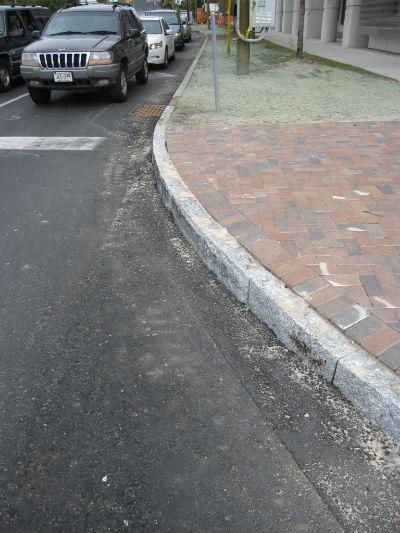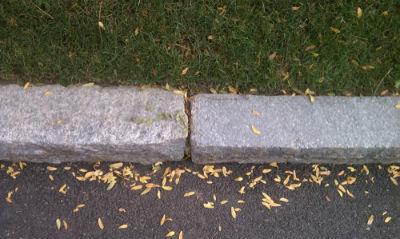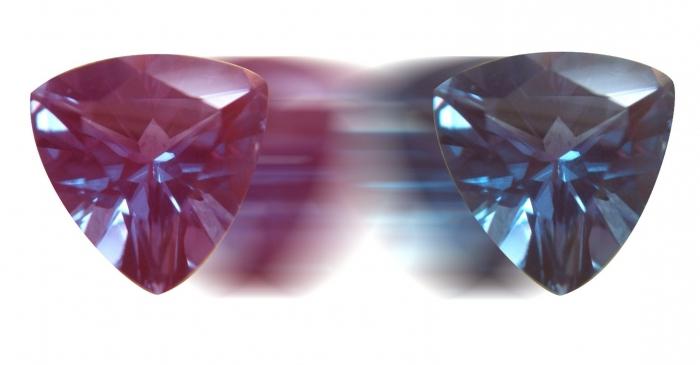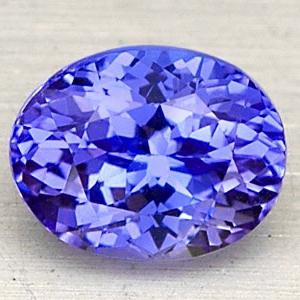Curb stone: application, production, characteristics
For the manufacture of curbstone used concreteincreased strength. Sidewalk tile is much longer preserved by framing the road curb. The material is used for roads, playgrounds, car parks, paths, in landscape design.
The curbstone is made with observance of certain technical conditions. Products can be straight ordinary, with a tray, with a broadening, with intermittent broadening, entry and curvilinear.

This building material is used:
- for separating the road from the sidewalk, as well as the path from the lawn;
- with the goal of giving integrity to the image in landscape design;
- to strengthen the sidewalk path (does not allow it to move and part).
In order to divide the road and the sidewalk,use 4 types of products, including the curb stone BR 10030 15. It is one of the main types of beads in demand. Usually, when building roads, products that are up to 1 meter in size are used. If the length of the specimens is 3 or 6 meters, they are reinforced. When constructing the roadway, first of all, lay the skirting boards, and then the road surface is already laid.

Manufacturing
The curbstone is formed under high pressure. Presses for the production of such products work as follows. The mold is filled with a dispenser, and then pressing is carried out, as a result of which excess water is removed. At the next stage, the curbs are removed, placed on pallets and sent to the dryer.
Previously, the curb stone was made of granite. Thanks to new technologies (vibrocompression, vibration), an onboard stone of strict geometric proportions is obtained. Modern equipment makes it possible to reduce the cost of manufacturing and obtain a high quality material.
Material specifications
The stone has the following characteristics:
- durability;
- wear resistance;
- frost resistance;
- moisture resistance;
- resistance to temperature drop;
- It is not subject to sliding, and also to destruction by anti-ice reagents.

Modern roads are under enormous pressure,so it is very important to install those reinforced concrete curbs that are resistant to temperature changes and to abrasion. This material is used in many areas of construction. Manufacturers carefully monitor to ensure that their samples meet all international standards.







